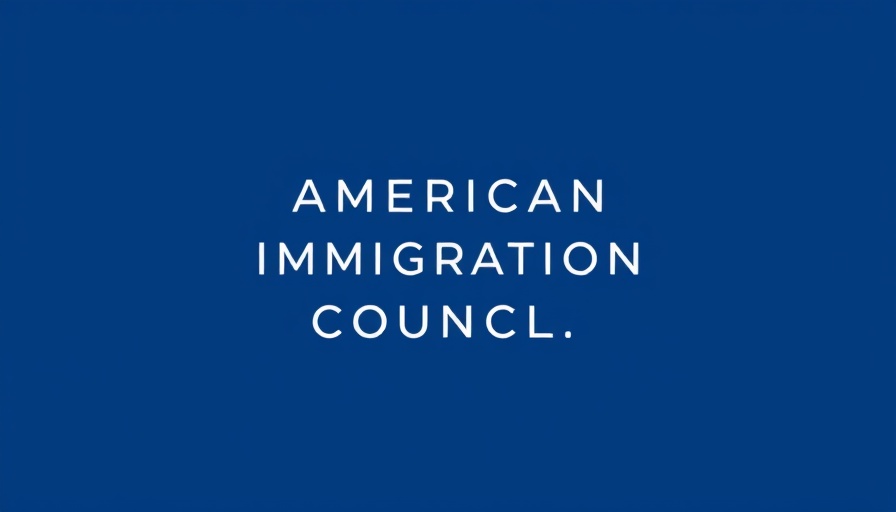
Understanding the Struggles of Noncitizen Minors
Amid the challenging landscape of U.S. immigration policy, particularly for unaccompanied minors seeking refuge, Beatriz stands as a staunch advocate. Now a Venezuelan-American attorney, she brings her personal experiences to the forefront, helping child immigrants navigate a complex and often heart-wrenching legal system. Beatriz entered law school driven by a desire to empower children like herself, who found themselves lost and alone in unfamiliar environments.
Voices of Vulnerability: The Unheard Children
Before the unexpected stop-work order issued by the Interior Department, Beatriz's organization played a vital role in ensuring these vulnerable children had representation during critical immigration hearings. The abrupt nature of this order meant that many children found themselves unrepresented in court proceedings, a situation that Beatriz describes as deeply distressing. Observing a six-year-old navigate the court system without legal guidance struck her profoundly—these children cannot articulate their rights or fears, amplifying their vulnerability.
Impact of Addressing Systemic Issues
The urgency surrounding these cases is exacerbated by the court's utilization of 'rocket dockets', where multiple hearings are compressed into single days, often overlooking the unique needs of young immigrants. The pressures within the immigration system extend beyond court proceedings; many children now live with heightened anxiety about their safety and future due to the increasing crackdown on immigrant communities. Witnessing the fear instilled in her young clients prompts Beatriz to emphasize the emotional toll of immigration policies.
The Broader Community Context
Beatriz’s story reflects a broader issue faced by immigrant communities across the country. Some 350,000 Venezuelans lost protective status under the prior administration, fostering a climate of fear among families. Indeed, Beatriz notes the palpable concern in her community, where friends become reluctant to leave the safety of their homes, fearing unnecessary attention from law enforcement. This pervasive sense of insecurity challenges the apprehension around immigrant status, revealing a stark narrative about belonging in America.
Reflecting on the Need for Advocacy
Beatriz's fight is not merely about legal representation; it’s a call to action for greater empathy and support for noncitizen children. As she continues to advocate for those silenced in the system, it’s clear that the need for comprehensive immigration reform remains pressing. The safeguarding of vulnerable individuals, particularly minors, must encompass protective measures that respect their rights as well as their humanity.
In sharing her journey and that of her clients, Beatriz illustrates the urgent necessity of advocacy, awareness, and community support for immigrant children who deserve the chance to thrive in a society that is increasingly hostile toward their existence.
 Add Row
Add Row  Add
Add 




Write A Comment